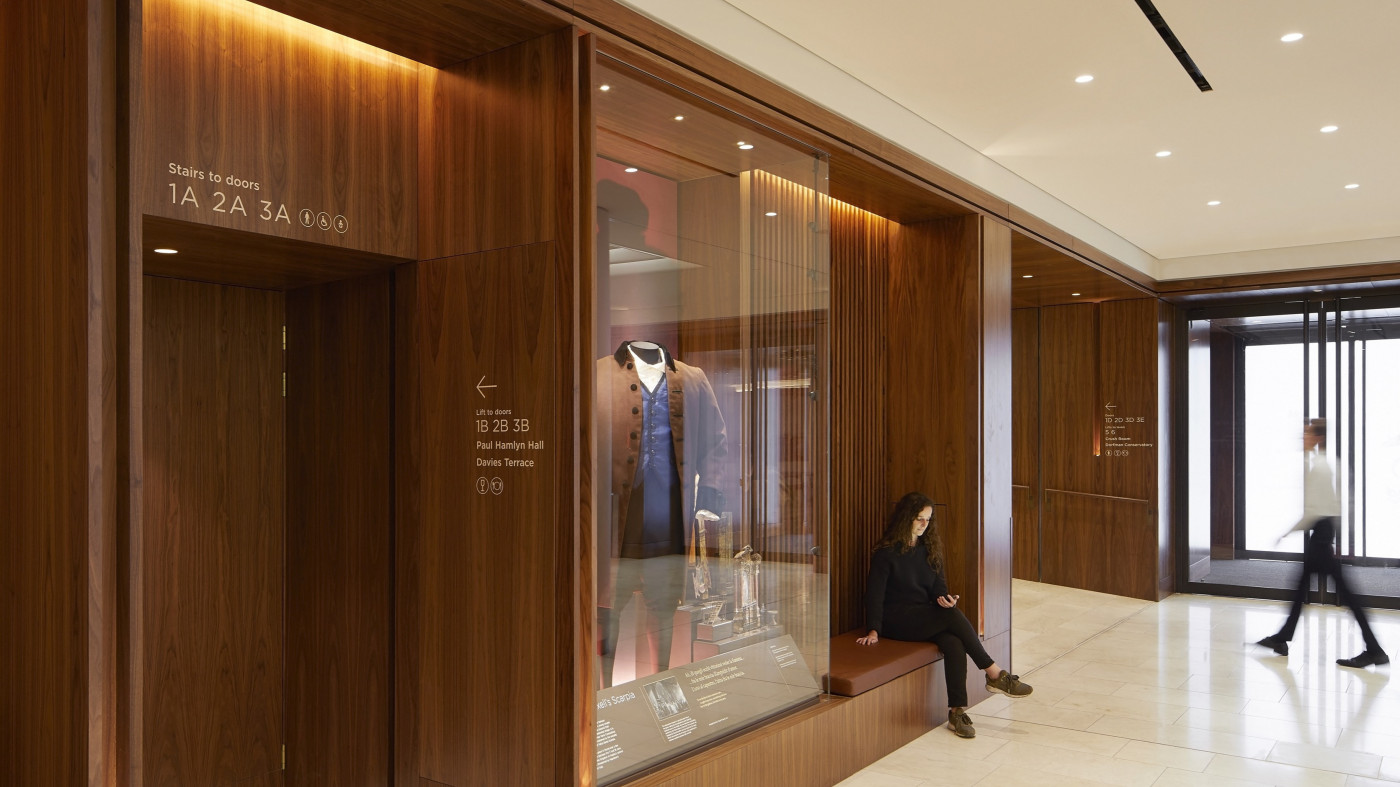Changing perceptions
To get wayfinding working effectively in any development, it’s important for developers and architects to shift their thinking and really consider how and where it fits into both the costing and design processes.
Whilst wayfinding is increasingly accounted for by cost managers, it is often still perceived in terms of procurement – in the same pot as paint or concrete – rather than as a design discipline. This is typically because the budget assigned to wayfinding is bundled in with signage purchases, which are installed by contractors at the very final stages of construction.
So whilst architecture, interior design, and outdoor landscaping are all accounted for as disciplines in their own right, wayfinding is historically viewed as ‘cost per sign’ rather than the coherent integration of these design elements.
In fact, in many public and commercial projects, it’s not unusual for more budget to be spent on artwork than wayfinding! It’s clear that it’s worthy of more consideration. A new way of looking at wayfinding is to see it as an intrinsic part of the design process – one that offers maximum value later down the line.
Wayfinding in the ‘New Normal’
The COVID-19 pandemic has arguably created an increased global demand for effective wayfinding. It is no longer just about navigating shared and public spaces efficiently, it is also now about how to navigate those spaces safely.
Wayfinding has a key role to play in protecting public health, so getting it right has never been so important. With that in mind, there is even more reason to put wayfinding at the forefront of the design process.
Whilst the ‘New Normal’ has undoubtedly impacted on building projects and budgets, early investment in specialist wayfinding can potentially generate dividends later on.
Getting a wayfinding professional around the table and the start of a project means that end-user experience is taken into consideration much sooner; when there is still time to make changes. Poor wayfinding can have disastrous consequences, but collaboration early on can ensure that design professionals get it right from the outset.
Engineering value
Wayfinding offers so much more to a project than simply functional signage. Getting a professional onboard at the start means they can offset your budget against potential negative user-experiences.
For example, in hospitals, poor wayfinding often results in missed appointments. In retail, it can result in a lack of sales, negative reviews, and complaints – damaging the brand.
For all businesses, that first impression is so important. Wayfinding can add value to the production of signage within the overarching design process. It can make a huge difference to the small details which contribute to the overall concept.
Like a secret ingredient
Getting wayfinding right first time can save development projects time and money. Investing upfront in wayfinding services means smarter procurement, engineered value from the get-go, and ultimately, a positive end-user experience.
Wayfinding is one of those design features that people often don’t consciously notice until it goes wrong; which is perhaps why it doesn’t always get the credit it deserves. But, by giving it greater importance, and wider recognition, what might have proved a confusing user experience can be quickly turned into a positive one.
Think of wayfinding like a secret ingredient – if visitors enjoy their experience, even if they can’t quite pinpoint why you can be sure they’ll be back for more.
Can you afford to miss out the secret ingredient?
